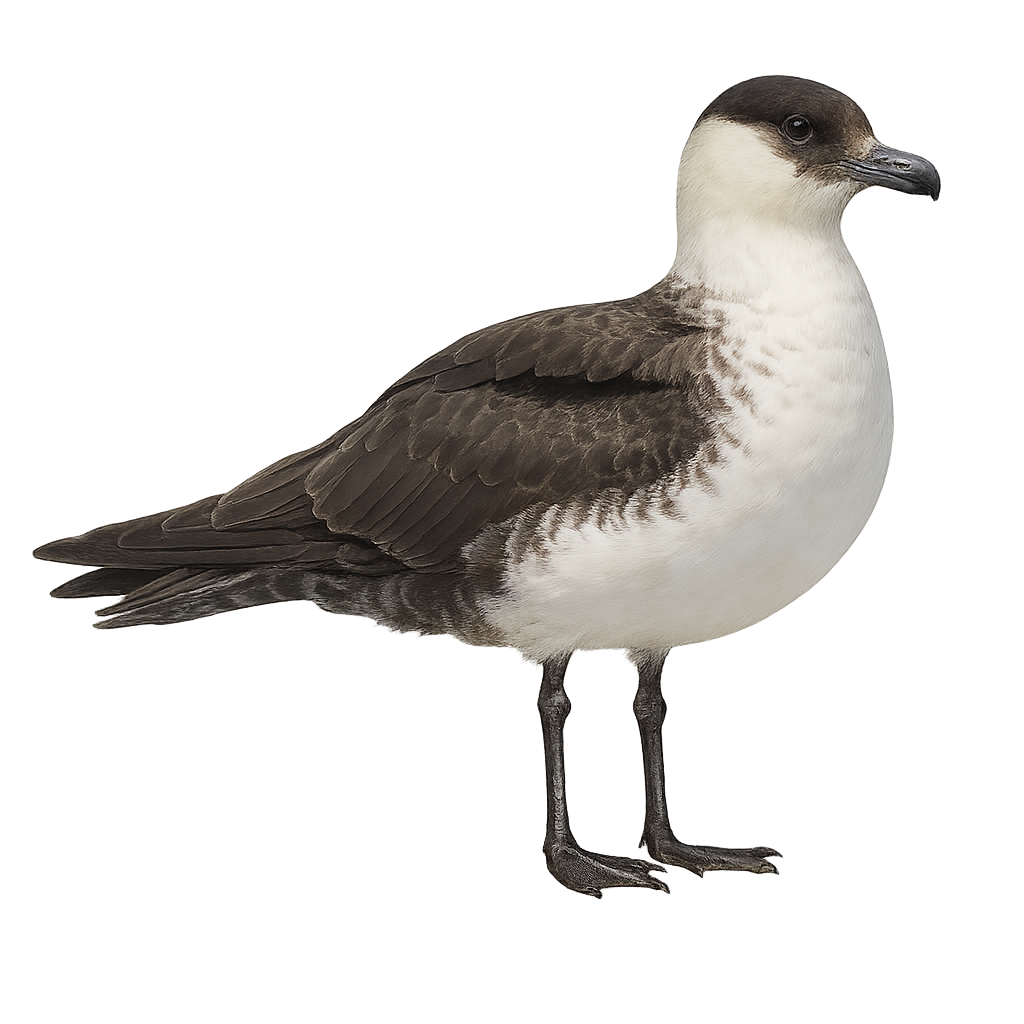Your wildlife photography guide.
Explore the pomarine jaeger in detail, study its behavior, prepare your shots.
Where to observe and photograph the pomarine jaeger in the wild
Learn where and when to spot the pomarine jaeger in the wild, how to identify the species based on distinctive features, and what natural environments it inhabits. The WildlifePhotographer app offers tailored photography tips that reflect the pomarine jaeger’s behavior, helping you capture better wildlife images. Explore the full species profile for key information including description, habitat, active periods, and approach techniques.
Pomarine Jaeger
Scientific name: Stercorarius pomarinus

IUCN Status: Least Concern
Family: STERCORARIIDAE
Group: Birds
Sensitivity to human approach: Suspicious
Minimum approach distance: 20 m
Courtship display: May to June
Incubation: 25-28 jours
Hatchings: June to July
Habitat:
Coastal areas, open seas, Arctic regions
Activity period :
Primarily active during the day, with peak activity in the morning and late afternoon.
Identification and description:
The Pomarine Jaeger is a medium-sized seabird known for its long, pointed wings and spatula-shaped tail. It has a dark brown plumage with lighter underparts and distinctive white wing markings. This agile predator is often seen chasing other birds to steal their food. It breeds mainly in Arctic regions and migrates to southern oceans in winter. Its preferred habitat includes coastal areas and open seas. The Pomarine Jaeger is an opportunistic bird, capable of adapting to various marine environments to survive.
Recommended lens:
400 mm – adjust based on distance, desired framing (portrait or habitat), and approach conditions.
Photography tips:
To photograph the Pomarine Jaeger, it is advisable to use a telephoto lens of 400mm or more to capture detailed images from a distance. These birds can be suspicious, so approach slowly and discreetly. The best photo opportunities often arise when they are in flight or hunting. Try to capture their elegant silhouette and distinctive markings. Morning or afternoon light can provide ideal conditions to highlight their plumage.
The WildlifePhotographer App is coming soon!
Be the first to explore the best nature spots, track rutting seasons, log your observations, and observe more wildlife.
Already 1 430 wildlife lovers subscribed worldwide

